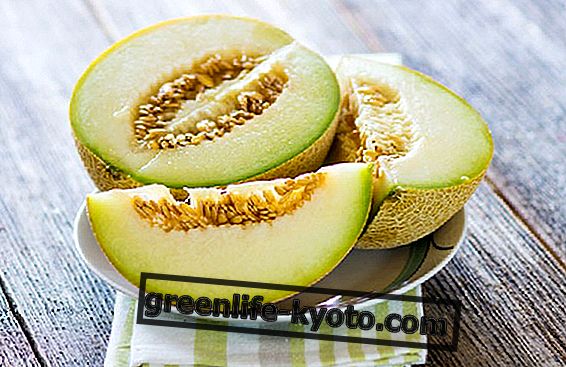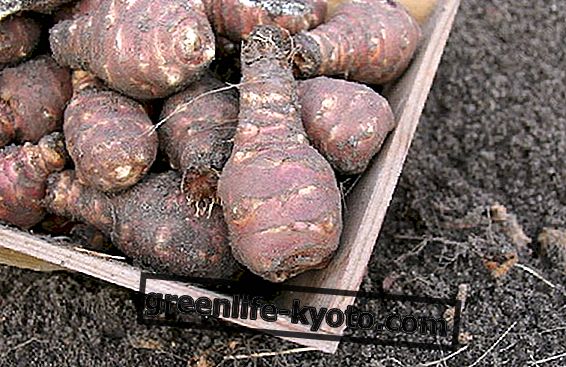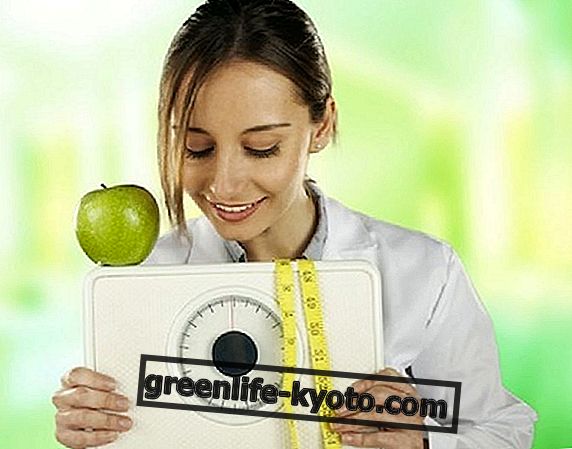
When we talk about melon varieties, the first distinction that comes to mind is that between summer melon and winter melon .
The summer melons have a cream to intense orange flesh while the outside can be more or less cross-linked; found on the market from May to October.
The winter melons, on the other hand, have a light pulp and a yellow or green exterior; they are commercially available from late spring but can be kept much longer, until December, and are therefore available on the market until the autumn.
There are so many varieties of melon, here are some of the most common ones. The nutritional values are similar; all the melon varieties are composed mainly of water (about 90% of their weight), rich in minerals and low in calories.
Netted melon
The netted melon is recognized by the rind that is, in fact, reticulated. The pulp can be yellow or orange and is very aromatic.
It is also called American melon ; it is indeed a very common variety in the USA. Also in Italy there is a good production. There are many varieties of netted melon and it is a summer melon .
It can weigh up to two and a half kilos and the shape can be round or oval.
The Galia is a fairly common variety of netted melons in Italy. It has a round shape and generally weighs between a kilo and a kilo and a half. The skin has a marked texture, without ribs; the flesh is light, creamy white, sweet and very tasty.
Cantaloupe melon
Cantaloupe melon is also a summer variety . It has a wrinkled skin, with shades ranging from green to yellow-orange and the flesh is bright orange, very fragrant.
It has a rounded shape and is rather small in size, on average weighs between a kilo and a kilo and a half .
It owes its name to Cantalupo, on the Roman hills, the place where the papal castle stands because during the Renaissance the peasants cultivated this melon variety for the Pope.
It is cultivated throughout Italy, but mainly in Sicily. Other regions that have a good production are Puglia, Lazio, Emilia Romagna and Calabria.
Winter melon
The melon in winter is so called not for the harvest period, which takes place anyway in summer, but because, being a fruit that can be stored for a long time, it is usually eaten at the beginning of winter .
It has a paler flesh, is more crunchy and a little less sweet than summer melons, while the exterior varies from yellow to green and can be more or less wrinkled. Its peculiar characteristic is to protect the very rich aroma inside, which is released only when the fruit is opened.
In winter melons are on average larger than summer ones and can reach up to 4 kilos.
There are many varieties, among the most known:
> Gigante di Napoli, with a thin skin and very sweet flesh;
> Melon of Malta, with a striped color flesh ranging from white to green;
> Morettino, with dark green flesh and whitish pulp.












